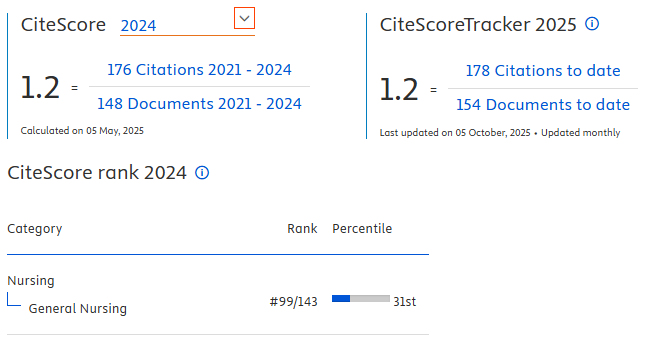The Effect of Orlistat, Green Coffee Bean Extract, and Its Combinations on Lipid Profi le and Adiponectin Levels
Downloads
Method: This research was true experimental post -test only with control group design with completely randomized design (CRD). Experimental animals (Rattus novergicus) were divided into 6 group, group 1 ( negative control ), group 2 ( positive control ), group 3 was group of obese rats fed orlistat dose of 15.9 mg/kg, group 4 was the group of obese rats were fed ethanol extract of green coffee beans dose of 400 mg/kg, group 5 was the group of obese rats were given water extract of green coffee beans dose of 400 mg/kg, and group 6 was group of obese rats were fed a combination of orlistat dose of 15.9 mg/kg and ethanol extract of green coffee beans at a dose of 400 mg/kg. Lipid profi les and adiponectin levels were measured with a spectrophotometer at 500nm absorbance. The data were analyzed by one-way ANOVA, and then post hoc Least Significant Difference (LSD) with α = 0.05.
Results: Ethanol extract of green coffee is more effi cient in lowering LDL cholesterol, increasing HDL cholesterol, and lowering the total cholesterol levels on HFD diet-induced mice, but there was no difference in lowering triglycerides . The combination of ethanol extract of green coffee with orlistat showedthe increasing of adiponectin levels were highest than the other treatment groups.
Conclusion: The ethanol extract of green coffee readily diffuses through the digestive tract epithelium. Green coffee contains chlorogenic acid active compounds that can increase the body's metabolism, increase fatty acid oxidation, reduce levels of triglycerides in the liver, and working to inhibit lipase and amylase pancreaticenzymes. In addition to chlorogenic acid, polyphenol content in coffee is also potentially reduce visceral fat accumulation. Preparations extract by ethanol allows the absorption process is done effi ciently and quickly.
Adams, KF., Schatzkin, A., Harris, TB., Kipnis, V., Mouw, T., Ballard-Barbash, R., Hollenbeck, A., & Leitzmann,MF. 2006. Overweight, Obesity, and Mortality in a Large Prospective Cohort
of Persons 50 to 71 Years Old. The New England Journal of Medicine, 355 (8):763-88.
Ashrafi , K. 2007. Obesity and the Regulation of Fat Metabolism.The C. elegans Research Community, hal. 2.
Atmarita. 2005. Nutrition Problems in Indonesia. An Integrated International Seminar and Workshop on Lifestyle-Related Diseases. Gadjah MadaUniversity.
Bray, GA. 2008. Lifestyle and Pharmacological Approaches to Weight Loss: Effi cacy and Safety. The Journal of Clinical Endocrinology & Metabolism,93: S81–8.
Burton, ME., Shaw, LM., Schentag, JJ. & Evans,WE. 2006. Applied Pharmacokinetics & Pharmacodynamics: Principles of Therapeutic Drug Monitoring. Maryland: Lippincott Williams & Wilkins, hal. 517
Authors who publish with Jurnal Ners agree to the following terms:
- Authors transfer the Copyright and grant Jurnal Ners the right of first publication with the work simultaneously licensed under a Creative Commons Attribution 4.0 International License that allows others to remix, adapt and build upon the work with an acknowledgment of the work's authorship and of the initial publication in Jurnal Ners.
- Authors are permitted to copy and redistribute the journal's published version of the work (e.g., post it to an institutional repository or publish it in a book), with an acknowledgment of its initial publication in Jurnal Ners.
Jurnal Ners requires a formal written declaration and transfer of copyright from the author(s) for each article published. We, therefore, ask you to complete and return this form, retaining a copy for your own records. Your cooperation is essential and appreciated. Any delay will result in a delay in publication. The form can be downloaded HERE.
































